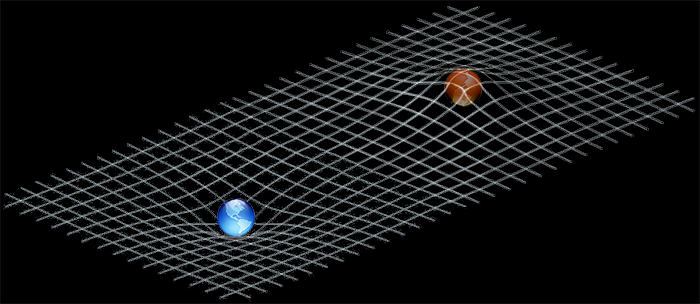Carve-in: Difference between revisions
Amwelladmin (talk | contribs) No edit summary |
Amwelladmin (talk | contribs) No edit summary Tags: Mobile edit Mobile web edit |
||
| Line 2: | Line 2: | ||
As its name suggests, is the inverse of a [[carve-out|carve-''out'']]. | As its name suggests, is the inverse of a [[carve-out|carve-''out'']]. | ||
But not the ''opposite'', exactly — that’s an [[incluso]]: [[tedious]], sure, but undoubtedly part of the [[normal science]] of legal practice, beaten into every student of the law at the very first opportunity. | But not the ''opposite'', exactly — that’s an [[incluso]]: [[tedious]], sure, but undoubtedly part of the [[normal science]] of legal practice, beaten into every student of the law at the very first opportunity. A carve-''in'' is an exception to a more general [[carve out]], itself of a yet more general [[incluso|inclusion]]. Of a broad class of those things that would be ''in''cluded were they not ''ex''cluded, it is an exclusion. So, a de-exclusion. | ||
Careful though: a carve-in is not a re-inclusion, exactly, for that | Careful though: a carve-in is not a re-inclusion, exactly, for that might imply a momentary exclusion, and for all kinds of [[ontological]] reasons — who knows? It might set a [[voidable preference]] running, or some similar catastrophe — that would not do. | ||
A [[carve-in]] is thus something more special, and ephemeral: to a Henry Moore, it is the hole: to an astronomer, dark matter; to a spiritualist, the kind of phantom that invents itself whole-cloth out of the immaterial fabric of the dark. It is Lazarus: when all seemed lost, joyously resurrected. A loved one that we feared had been taken away too soon, but who miraculously returns, unbound, to the bosom of the family, and wonders what all the fuss was about. | A [[carve-in]] is thus something more special, and ephemeral: to a Henry Moore, it is the hole: to an astronomer, dark matter; to a spiritualist, the kind of phantom that invents itself whole-cloth out of the immaterial fabric of the dark. It is Lazarus: when all seemed lost, joyously resurrected. A loved one that we feared had been taken away too soon, but who miraculously returns, unbound, to the bosom of the family, and wonders what all the fuss was about. | ||
Revision as of 21:53, 3 December 2020
|
Carve-in /kɑːv ɪn/ (n.)
As its name suggests, is the inverse of a carve-out.
But not the opposite, exactly — that’s an incluso: tedious, sure, but undoubtedly part of the normal science of legal practice, beaten into every student of the law at the very first opportunity. A carve-in is an exception to a more general carve out, itself of a yet more general inclusion. Of a broad class of those things that would be included were they not excluded, it is an exclusion. So, a de-exclusion.
Careful though: a carve-in is not a re-inclusion, exactly, for that might imply a momentary exclusion, and for all kinds of ontological reasons — who knows? It might set a voidable preference running, or some similar catastrophe — that would not do.
A carve-in is thus something more special, and ephemeral: to a Henry Moore, it is the hole: to an astronomer, dark matter; to a spiritualist, the kind of phantom that invents itself whole-cloth out of the immaterial fabric of the dark. It is Lazarus: when all seemed lost, joyously resurrected. A loved one that we feared had been taken away too soon, but who miraculously returns, unbound, to the bosom of the family, and wonders what all the fuss was about.
A carve-in takes us on a trip down a “carval chain” — a forensic branch of fractal geometry — for just as there can be exceptions (carve-outs) to a general list, and carve-ins from those carve-outs, so can there be carve-back-outs from those carve-ins, and so on, ad infinitum into perpetuity, and at any point along that continuum the landscape seems the same.
Think about it: a carval chain looks the same at any scale.
This piques our curiosity at first — what kind of wonderful magic is this! — but then occurs a thought so dreadful that, once it has flashed across the Cartesian theatre of a young eagle’s mind it can never again be banished. It will keep you up at night, my friends. For if you can travel down a carval chain without fear of finding its end and, at every remove it looks the same, then how will you ever find your way back to the top layer, the most general categorisation, whence you started?
Is there a “top layer”? Do perhaps carve-ins and carve-outs extend, both forward and backward, infinitely? Are they even constrained by space-time as we know it? Might they curve into an alien geometry that our Euclidean eyes cannot fathom?
Is this what is meant by the carvature of the space-time continuum?

